In the 1980s, the U.S. embarked on an ambitious experiment: constructing a jet with forward-swept wings. This unconventional design aimed to explore new aerodynamic possibilities and push the boundaries of aircraft technology.
The Grumman X-29: A Radical Design
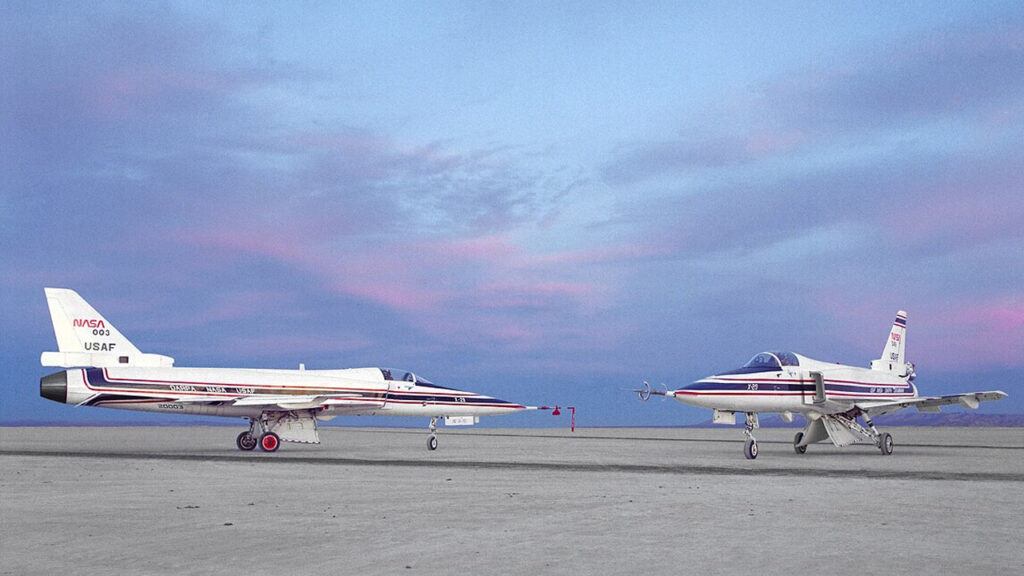
The Grumman X-29 was an experimental aircraft developed to test the viability of forward-swept wings. Unlike traditional jets with wings angled backward, the X-29’s wings angled forward, a design that promised enhanced maneuverability and control at high angles of attack.
Innovations in Materials and Control Systems
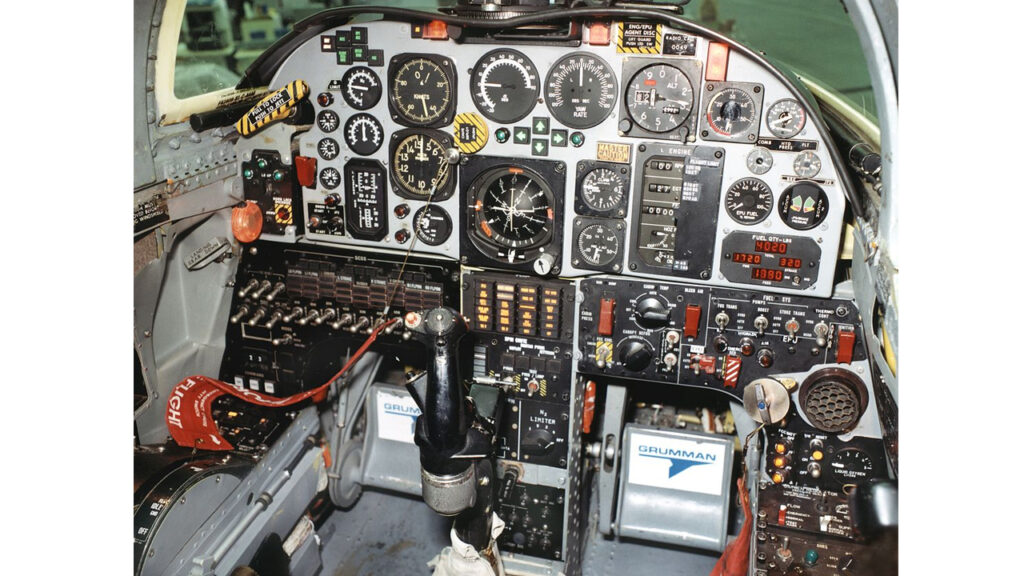
Forward-swept wings present significant structural challenges, notably aeroelastic divergence, where the wings can twist uncontrollably under aerodynamic forces. To counter this, engineers utilized advanced composite materials, providing the necessary stiffness without excessive weight. Additionally, the X-29 incorporated a digital fly-by-wire system, allowing for precise control of the inherently unstable design.
Flight Testing and Performance

Between 1984 and 1991, the X-29 underwent extensive flight testing, completing over 400 missions. These tests demonstrated the aircraft’s exceptional agility and provided valuable data on the behavior of forward-swept wings. The X-29 achieved speeds up to Mach 1.6 and altitudes exceeding 50,000 feet, showcasing the potential of its innovative design.
Legacy and Influence
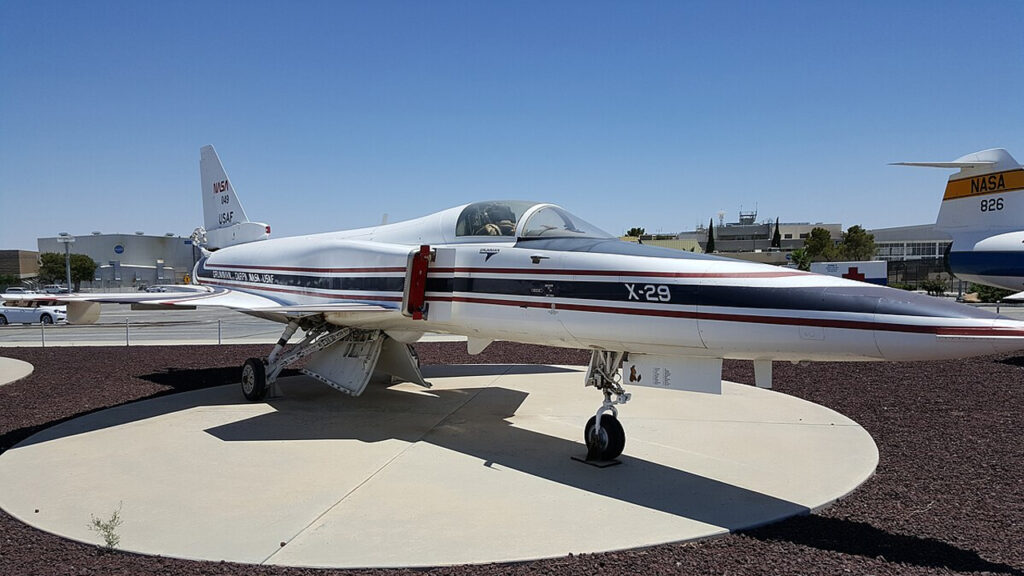
While the X-29 never entered production, its contributions to aerospace research were significant. The insights gained influenced future aircraft designs and advanced the understanding of flight dynamics. The X-29 remains a testament to the value of experimental programs in driving technological progress.


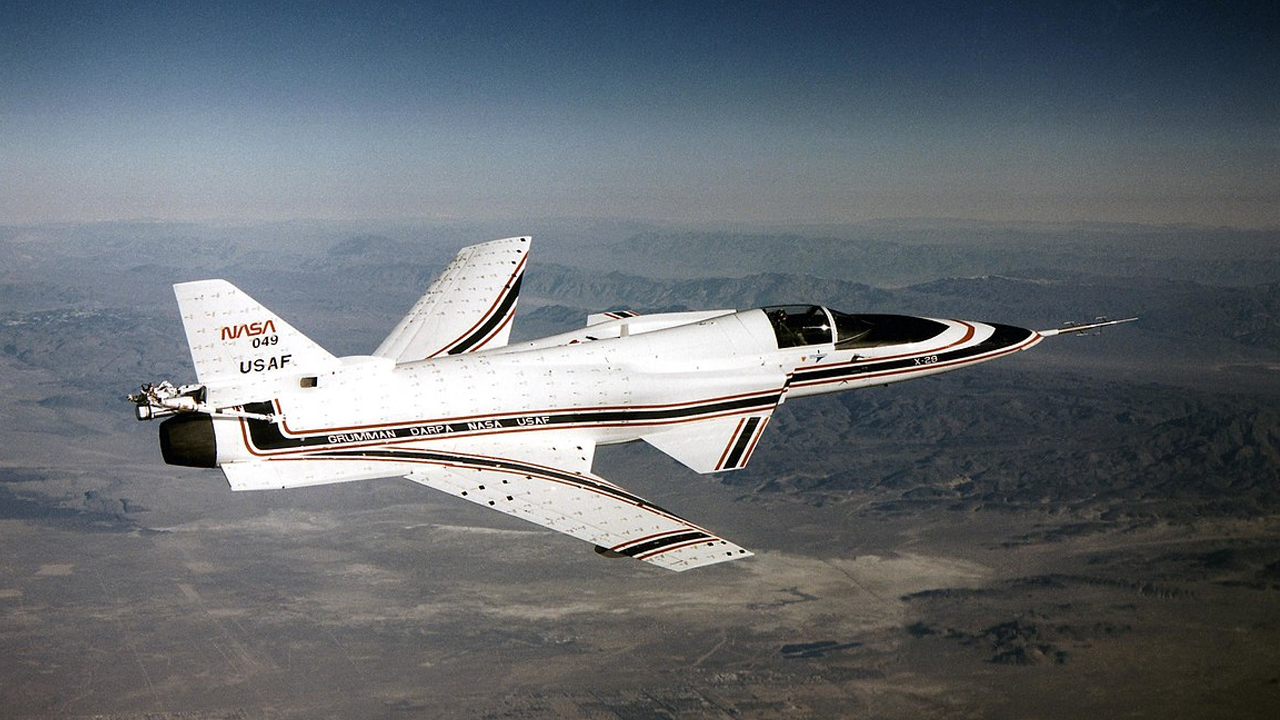

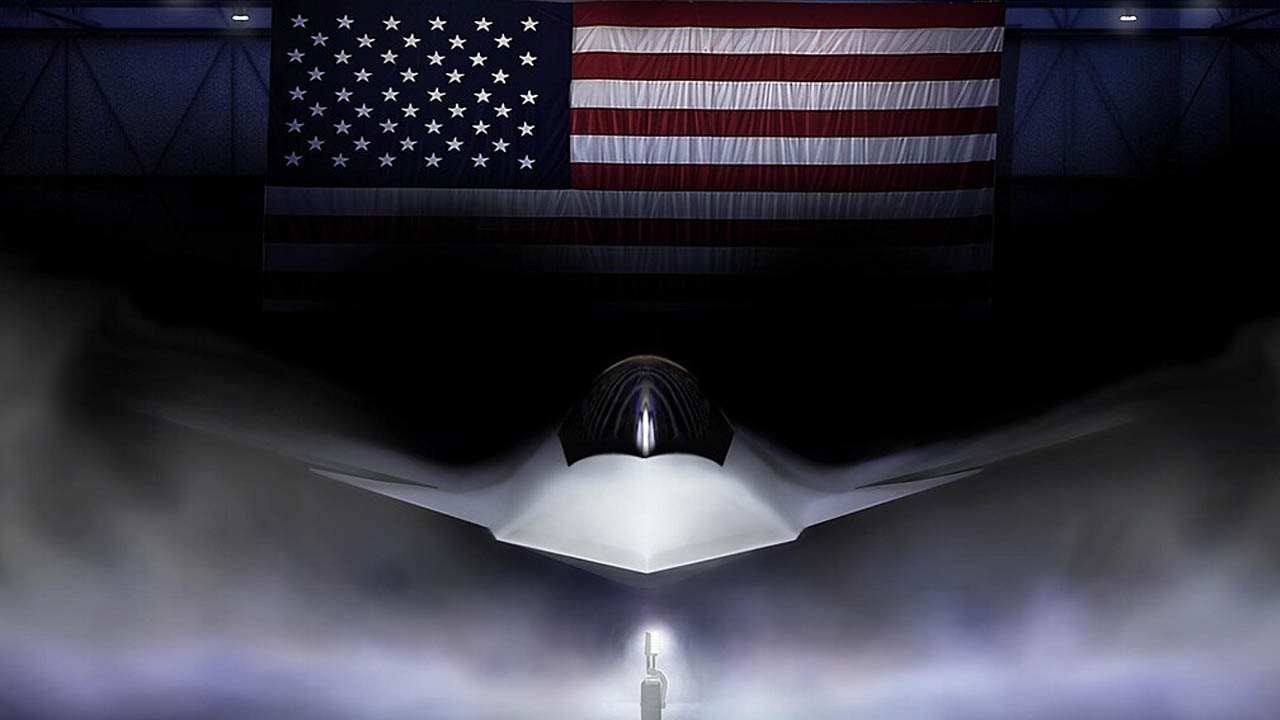
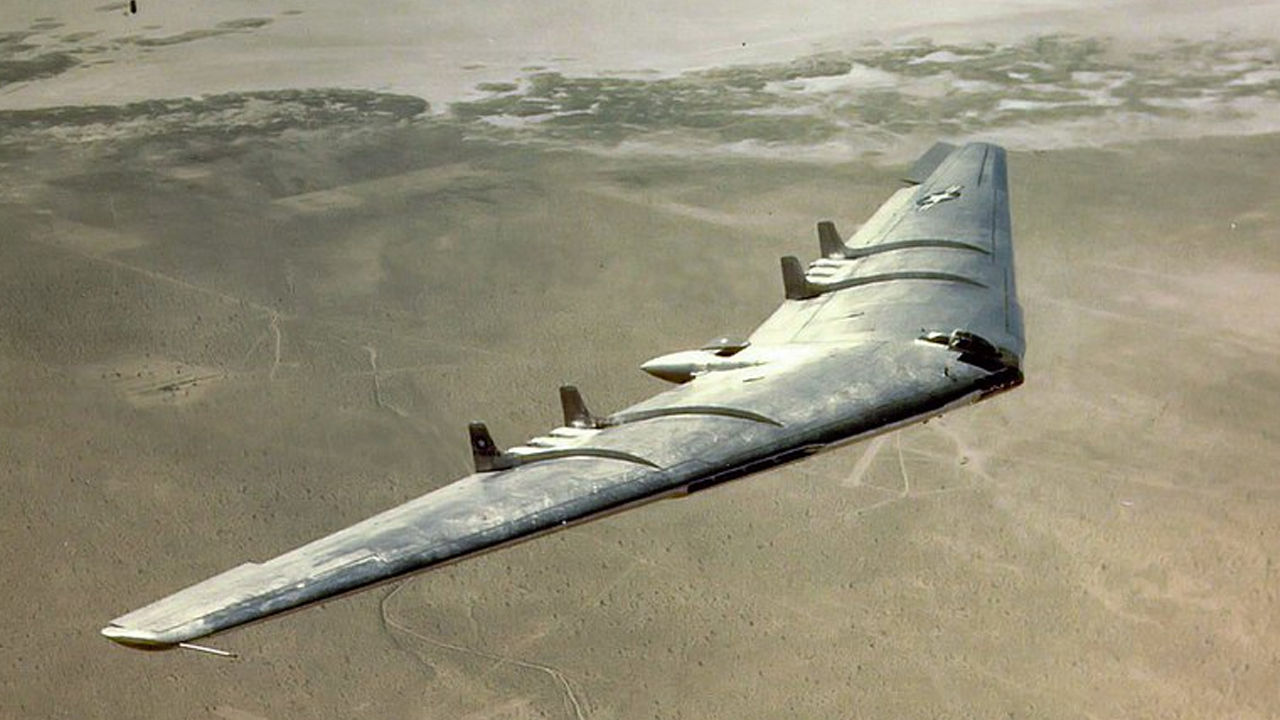


Leave a Reply